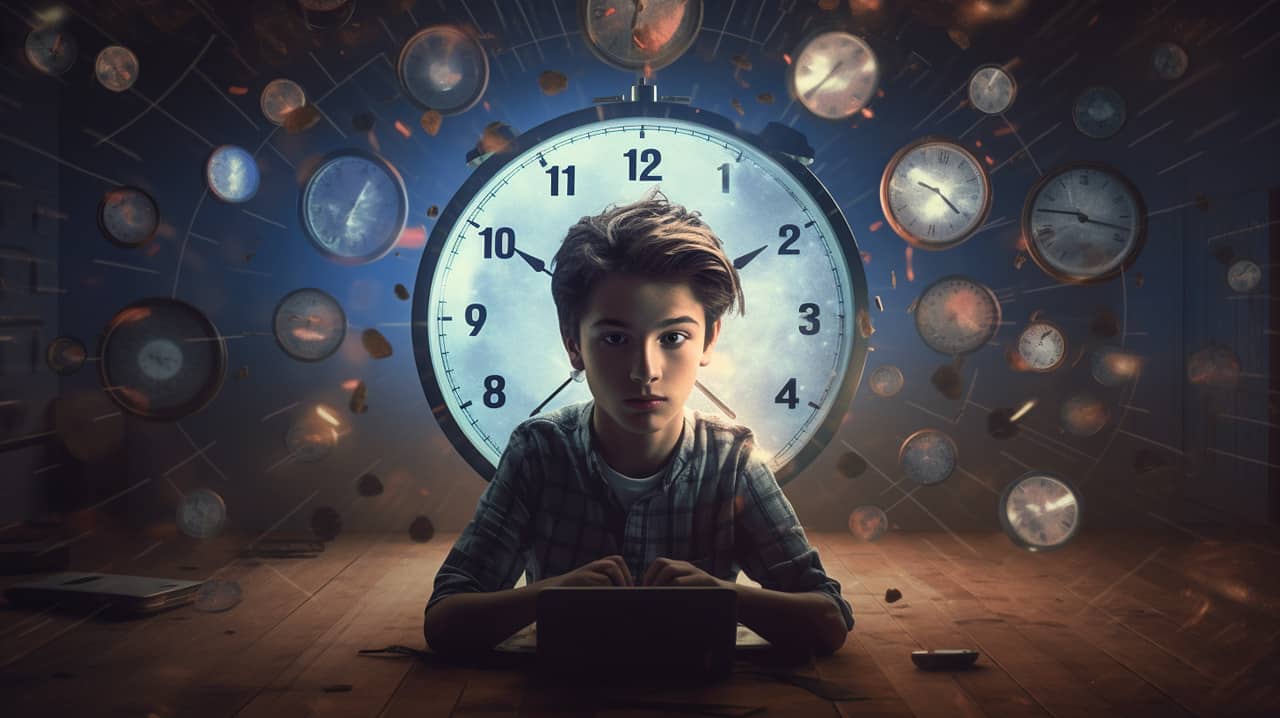I’m a parent first and a researcher second. With the digital age, YouTube’s become the new babysitter. But is it harming our kids?
It’s a mixed bag, teeming with educational gems and potential pitfalls. Let’s dive into this digital rabbit hole and explore the implications of YouTube on our children’s well-being.
With potential exposure to unsuitable content and the threat of addiction, it’s time we asked: is YouTube bad for kids?
Join me as we unravel this complex issue.
Key Takeaways
Inappropriate content on YouTube can negatively impact children’s well-being and expose them to harmful and unrelated content.
Excessive screen time with low-quality media, such as YouTube, can hinder preschoolers’ development and language skills.
Kids may become emotionally attached to YouTube, leading to meltdowns when it is taken away, but consistent screen time protocols can help manage this.
YouTube’s algorithm and autoplay feature can contribute to addictive behavior, making it important for parents to set limits and prioritize other activities.
Exposure to Inappropriate Content
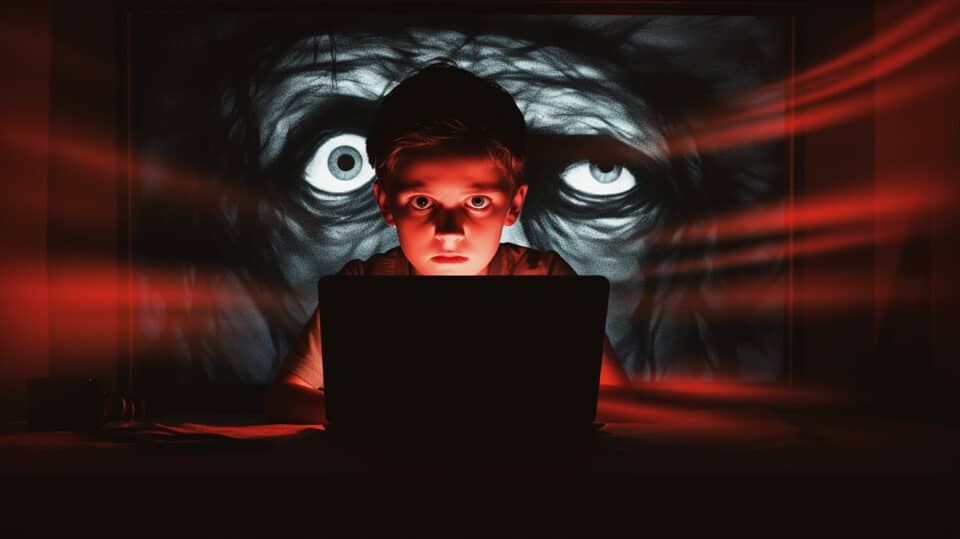
The first major concern I’d like to address is the exposure to inappropriate content that comes with using YouTube. While this platform can be an educational resource, it also hosts videos that aren’t suitable for a child’s viewing. Autoplay features often lead to unrelated and potentially harmful content.
Now mental health experts warn that YouTube is a growing source of anxiety and inappropriate sexual behavior among kids under the age of 13, and parents and educators need to get involved.
https://www.cnbc.com/2018/02/13/youtube-is-causing-stress-and-sexualization-in-young-children.html
The lack of stringent content filtering heightens the risk of a child encountering videos that may negatively impact their understanding and perception of the world around them. As a parent, it’s essential to monitor what your child watches on YouTube actively. It’s also crucial to utilize the platform’s parental controls, ensuring the content aligns with your child’s age and maturity level.
Effects on Preschoolers’ Development
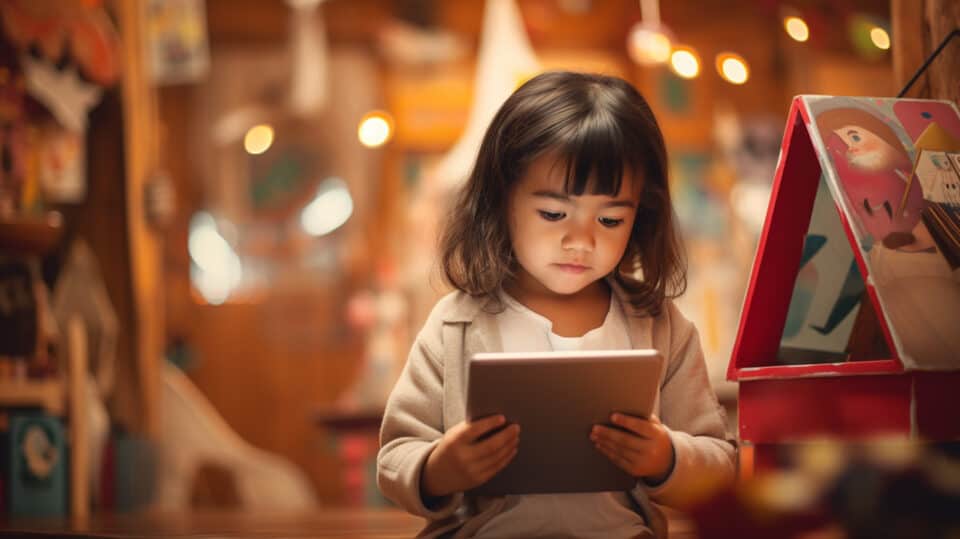
Moving on from the potential hazards of inappropriate content, I’m now turning my attention to how YouTube might affect preschoolers’ development. Excessive screen time, especially on platforms like YouTube Kids, can have varied effects on preschoolers’ development. The lure of colorful, kinetic videos can increase screen time, reducing time spent on physical play, imaginative play, and other crucial aspects of a preschooler’s development.
| Potential Negative Impact | Potential Positive Impact |
|---|---|
| Excessive screen time can lead to sedentary behaviors and possibly delay physical development. | Educational content on YouTube can supplement learning and introduce new concepts. |
| Repeated exposure to ‘stranger danger’ through user comments or unregulated content can lead to anxiety. | Controlled and monitored usage can help kids learn about technology and digital etiquette. |
| The instant gratification of YouTube can impact patience and attention span. | Videos teaching social skills or emotional regulation can aid personal development. |
Moderation and vigilant monitoring are key to harnessing YouTube’s potential while mitigating risks.
Risk of Addiction and Meltdowns
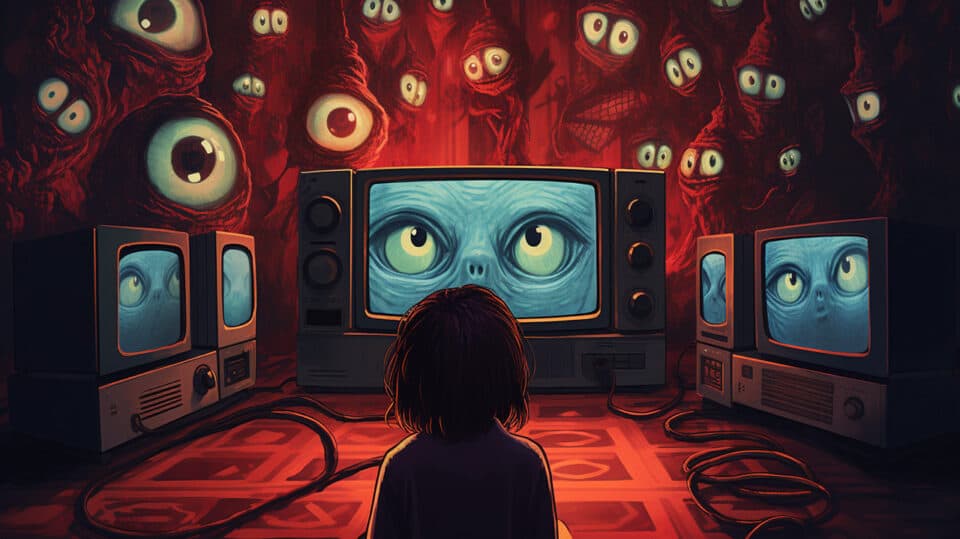
In spite of the educational potential, I can’t ignore the risk of addiction and the potential for meltdowns associated with YouTube usage in kids.
In my opinion, the allure of endless entertaining content can create an addiction-like dependency. This could lead to sleep deprivation as kids stay up late watching videos, or even cause meltdowns when access is restricted.
What’s more alarming is the ALS Ice Bucket Challenge effect, where kids may feel compelled to imitate risky behaviors they see online. Even watching car reviews could trigger impulsive desires for material possessions.
As much as YouTube can be a learning tool, it’s crucial we recognize these risks and monitor usage to ensure it remains a safe and beneficial resource for our children.
Parental Control Challenges
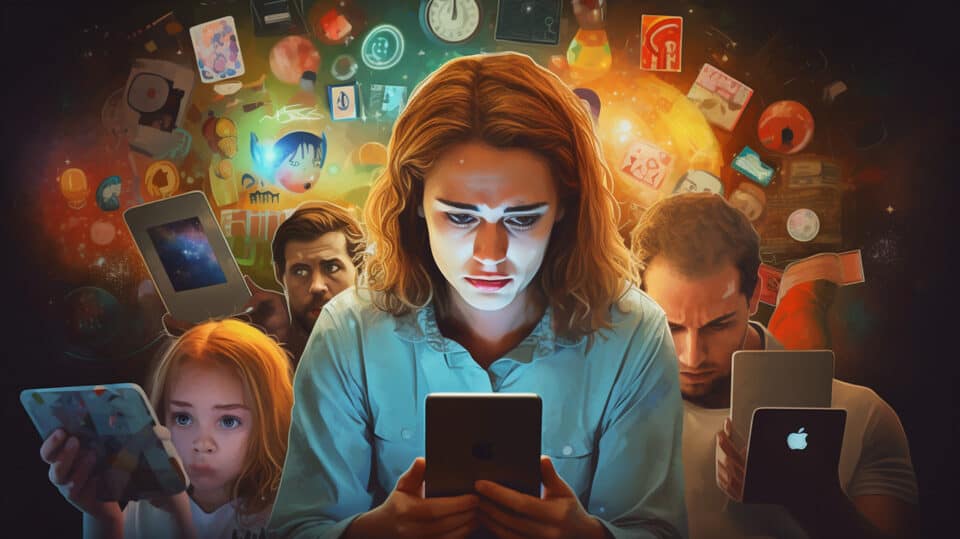
Navigating these risks, I’ve found one of the biggest challenges to be maintaining adequate parental control over what my child is viewing on YouTube. User-generated content and the platform’s algorithm often expose kids to inappropriate content.
| Challenge | Issue | Solution |
|---|---|---|
| Content Curation | User-generated content may not always be suitable for kids. | Parents must actively monitor and approve videos. |
| Autoplay | This feature can lead to a spiral of endless, potentially harmful content. | Disable autoplay and set viewing time limits. |
| Comments Section | Cyberbullying and harmful comments can be prevalent. | Teach kids how to handle cyberbullying, and report harmful content. |
| Ads | Kids are exposed to targeted advertising, promoting materialism. | Use ad blockers or go for ad-free platforms. |
| Misinformation | False information can easily spread. | Teach kids critical thinking to evaluate the credibility of information. |
Potential for Online Predators

While trying to combat the parental control challenges, another alarming risk I’ve noticed is the potential for online predators on YouTube. This platform’s vastness and accessibility make it a hunting ground for predators who exploit children’s innocence.
The danger lurks in:
- User Interaction: Predators may pose as peers to deceive children. They might:
- Initiate friendly chats.
- Progress to manipulative dialogues.
- Inappropriate Content: Predators can upload content targeting children. They may:
- Use popular characters to lure kids.
- Embed harmful messages within videos.
These risks amplify the importance of vigilant parental monitoring, educating kids about online safety, and using powerful tools like parental controls. We must protect our children while allowing them to enjoy the benefits of technology.
Spreading of Misinformation
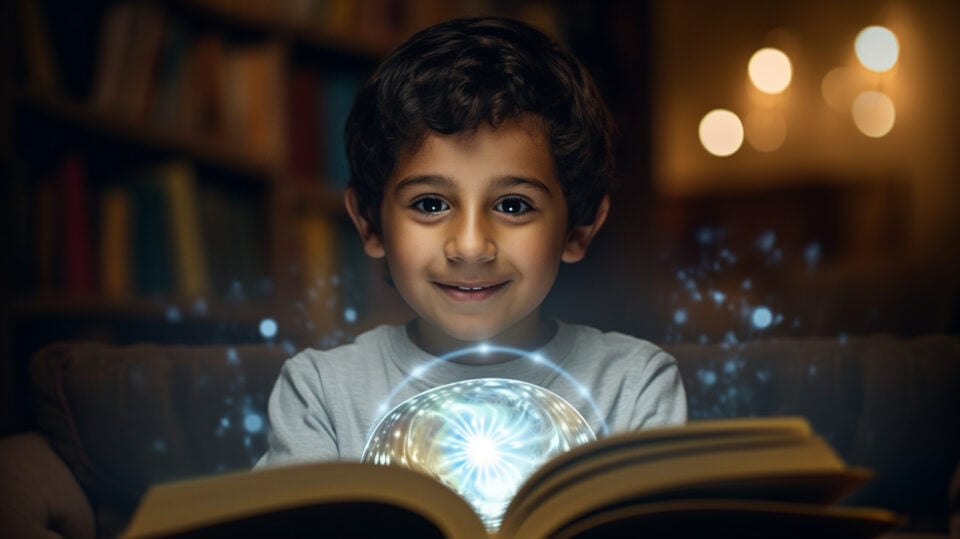
Another significant concern I’ve encountered is the vast amount of false information and misinformation that can easily spread on YouTube. The platform’s user-generated content model allows for many views, but it can also lead to unchecked inaccuracies.
Young viewers, lacking critical thinking skills, may accept these falsehoods as truth, skewing their understanding of the world. As a service to others, I advocate for teaching children to evaluate what they see online critically. Parents and educators can help by discussing content with them and encouraging fact-checking against reliable sources.
Furthermore, YouTube must step up efforts to flag and remove misleading content. Ensuring our children consume accurate information is a collective responsibility we mustn’t disregard.
Impact of Targeted Advertising
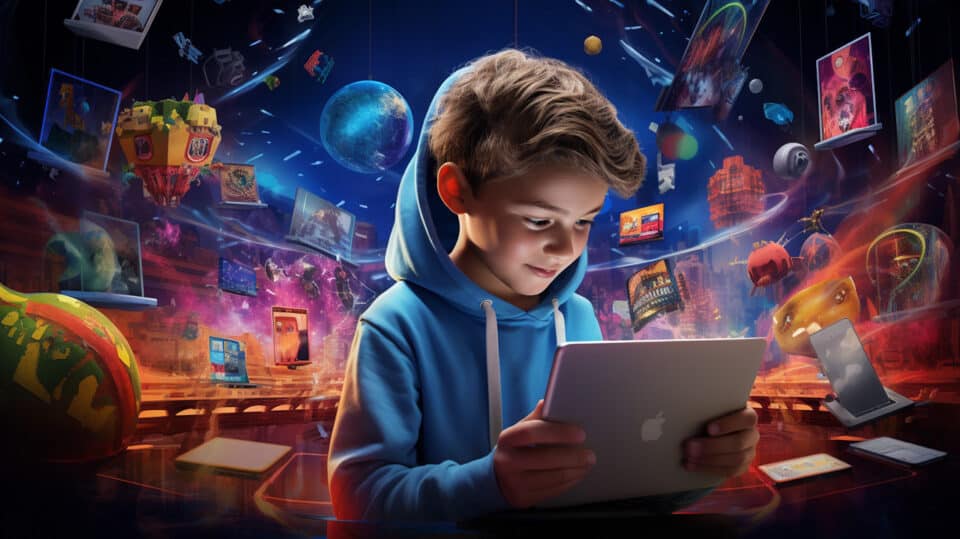
Though I understand the need for advertising, I’m deeply concerned about how YouTube’s algorithms specifically target children with personalized ads. This practice isn’t only invasive but can also be harmful.
- Ads often promote materialistic values, which can instill a sense of dissatisfaction in children.
- They may constantly crave new toys or gadgets, leading to potential conflicts at home.
- This could also impact their understanding of the value of money.
Children’s lack of cognitive maturity makes them susceptible to manipulation.
- They may not understand the persuasive intent behind ads, leading to skewed perceptions.
- Exposure to junk food commercials could also result in unhealthy eating habits.
It’s crucial that we educate children about the nature of advertising and advocate for stricter regulations.
Frequently Asked Questions About YouTube’s Impact On Our Kids
How Can Parents Support Their Children’s Digital Literacy Skills to Understand and Interpret Content on YouTube?
As a parent, I’m actively involved in my child’s online activities. I teach them to question, verify information, and understand digital content on YouTube. Together, we enhance their digital literacy skills, promoting responsible and informed viewing.
What Strategies Can Parents Use to Encourage Their Children to Engage in Physical Activities and Reduce Screen Time?
I’d suggest parents set clear screen time limits, offer engaging alternatives like outdoor games, and participate in physical activities with their children. It’s about balance and modeling a healthy, active lifestyle for kids.
How Can Youtube Improve Its Platform to Ensure the Safety and Wellbeing of Child Users?
I believe YouTube could enhance child safety by improving content filtering, strictly monitoring uploads, promoting educational content, and providing better parental control tools. It’s essential to prioritize kids’ well-being on such a widely used platform.
Are There Any Studies Showing the Benefits of YouTube for Children’s Learning and Development?
I’m unaware of any specific studies showing the benefits of YouTube for children’s development. However, educational channels can provide learning opportunities if used wisely and with parental guidance. It largely depends on content and usage.
What Alternative Platforms Can Parents Use to Provide Educational and Age-Appropriate Content for Their Children?
As a concerned parent, I’d recommend platforms like PBS Kids, Nick Jr., and ABCmouse. They’re not only educational but also age-appropriate, ensuring your child’s screen time is both beneficial and safe.
